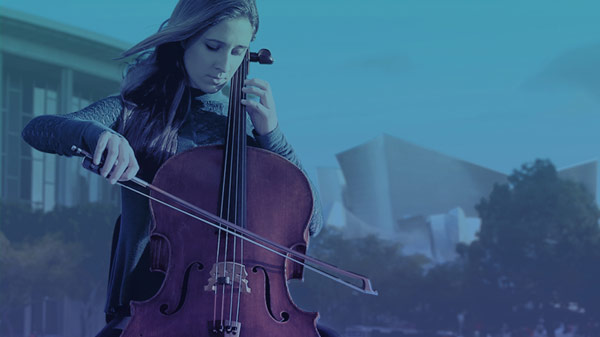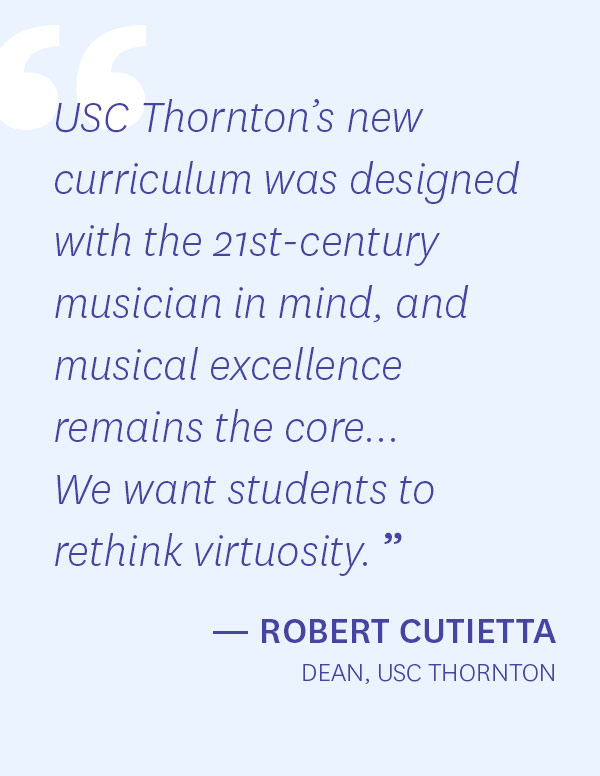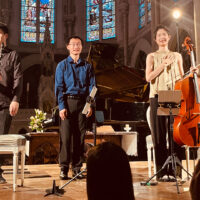
A New Model for Classical Music Education
By Evan Calbi
The classical music world is changing. And USC Thornton is changing with it. In our continuing commitment to a virtuosic education for musicians, the school recently unveiled a new educational model for classical music, rolling out for undergraduate students in the Fall of 2019.
“USC Thornton’s new curriculum was designed with the 21st-century musician in mind, and musical excellence remains the core,” said Robert Cutietta, Dean of USC Thornton. “We want students to rethink virtuosity. It’s all about making students better, and lifelong, musicians.”
Rethinking Virtuosity
“Our students are thinking differently about their lives as classical musicians,” said Lucinda Carver, Vice Dean of the Division of Classical Performance & Composition. “They are reimagining where music is performed, how it is monetized, and how music organizations are formed and led.”
USC Thornton is located near downtown Los Angeles, a hotbed of this creative renaissance, where professional organizations and Thornton students alike are expanding the idea of what a performance, a composition or a career in classical music can be. The school is poised to lead the change in expanding the idea of the new virtuoso.
“As one of the world’s premiere music schools, we don’t have to change,” said Cutietta. “Our students are highly successful in all the traditional ways. They are winning auditions, competitions, and finding fulfilling careers. It’s exactly because we are successful that we feel an obligation to lead a change to ensure a vibrant future for our art form.”
A New Model
The structure of the degree will have flexibility and choice so students will chart their own musical path and take electives in any area that could help them further their artistic vision, while maintaining the classical core. Students will still invest considerable amounts of time practicing, honing their musical craft.

Because career development is integrated into the four-year curriculum, students will work toward their professional goals from day one. Whether competing for coveted orchestral positions or launching their own ensembles, they will not only have a wider range of opportunities, but will be able to create their own.
Just as boundaries are quickly disappearing across the entire music profession, the new curriculum will encourage a cross-genre approach to music training.
At the heart of the new program is the Young Artist Project. In the junior year, students begin to work on a Young Artist Project, which provides the opportunity to specialize, collaborate, and design a project that reflects their distinct musical voice and artistic interests.
Students might visualize a composition, develop a hybrid performance, conduct research, or even explore new creative technologies – the Young Artist Project is about developing a unique voice to make their art powerful and relevant today.
“We’re nurturing a different kind of culture, a different kind of thinker,” said Cutietta. “The new curriculum is about giving students the tools, the guidance and the freedom to reach beyond the concert hall.”




